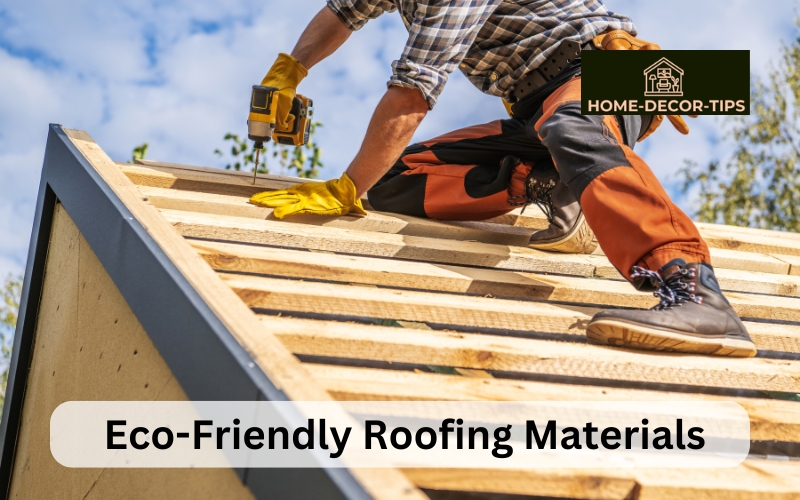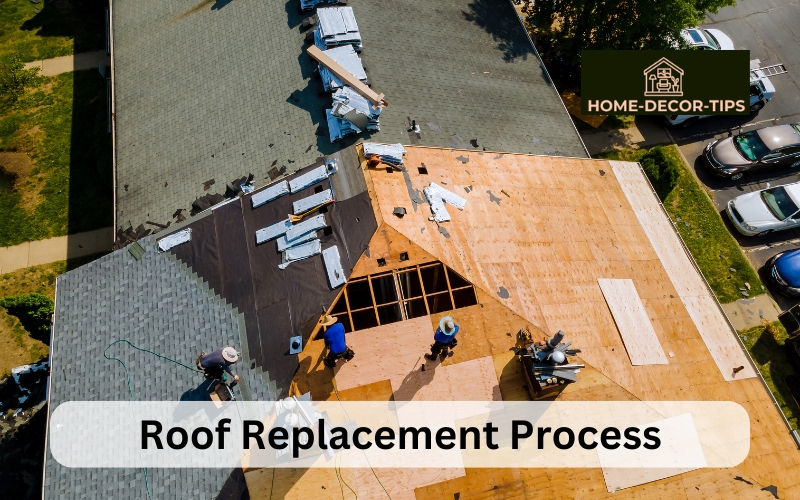Top 5 Eco-Friendly Roofing Materials for Sustainable Homes

In an era where environmental consciousness is increasingly becoming a priority for homeowners, the choice of roofing material plays a significant role in sustainable home design. Traditional roofing materials often contribute to environmental degradation through their manufacturing process, installation, and disposal. However, there is a growing array of eco-friendly roofing options available that offer durability, energy efficiency, and reduced environmental impact. Here, we explore the top five eco-friendly roofing materials for sustainable homes.
Metal Roofing:
Metal roofing stands out as one of the most eco-friendly options available today. Typically made from recycled materials such as aluminum, copper, or steel, metal roofs are highly durable and can last for several decades. Moreover, metal roofing is fully recyclable at the end of its lifespan, reducing the amount of waste sent to landfills. Additionally, metal roofs are reflective, which helps in reducing heat absorption and energy costs associated with cooling during hot weather.
Recycled Shingles:
Utilizing recycled materials in roofing shingles significantly reduces the environmental impact of traditional asphalt shingles. These shingles are often made from recycled rubber, plastic, or wood fibers, diverting waste from landfills and conserving natural resources. Despite being made from recycled materials, they offer durability and weather resistance comparable to traditional shingles. Moreover, their installation typically requires less energy compared to other roofing materials, further reducing their carbon footprint.
Slate Roofing:
Slate roofing is renowned for its elegance, longevity, and sustainability. Quarried from natural stone, slate roofs can last for over a century with minimal maintenance, making them a truly durable roofing option. Since slate is a natural material, it is inherently eco-friendly and does not release harmful substances into the environment. Additionally, the quarrying process for slate involves minimal energy consumption compared to the manufacturing of synthetic roofing materials.
Green Roofing:
Green roofing, also known as living roofs, involves the installation of a layer of vegetation and soil on the roof surface. Not only do green roofs provide insulation, reducing energy consumption for heating and cooling, but they also offer various environmental benefits. They help mitigate urban heat island effects, reduce stormwater runoff, improve air quality, and provide habitat for wildlife. While green roofs require specialized installation and maintenance, their ecological advantages make them a compelling choice for sustainable homes.
Solar Tiles:
Solar tiles combine the functionality of traditional roofing materials with renewable energy generation. These photovoltaic tiles seamlessly integrate into the roof, harnessing solar energy to generate electricity for the home. By incorporating solar tiles into the roof structure, homeowners can significantly reduce their reliance on grid-based electricity, thereby lowering their carbon footprint. Additionally, advancements in solar technology have made these tiles more efficient and aesthetically pleasing, making them an attractive option for eco-conscious homeowners.
In conclusion, choosing eco-friendly roofing materials is an essential aspect of building sustainable homes. By opting for materials such as metal roofing, recycled shingles, slate roofing, green roofing, or solar tiles, homeowners can minimize their environmental impact while enjoying long-lasting, energy-efficient roofing solutions. Investing in eco-friendly roofing not only benefits the environment but also enhances the value and comfort of the home for years to come.





